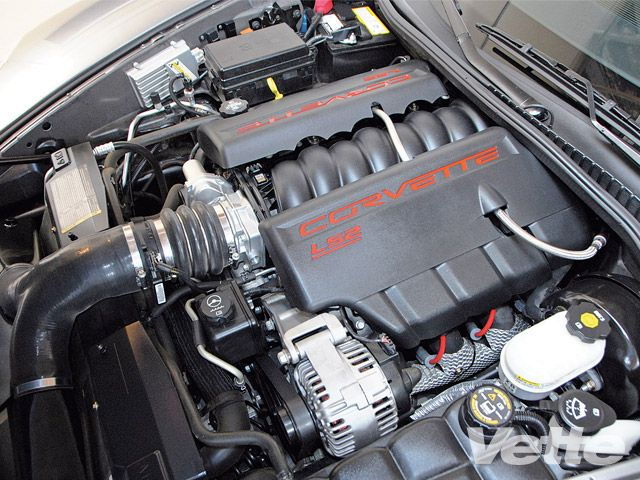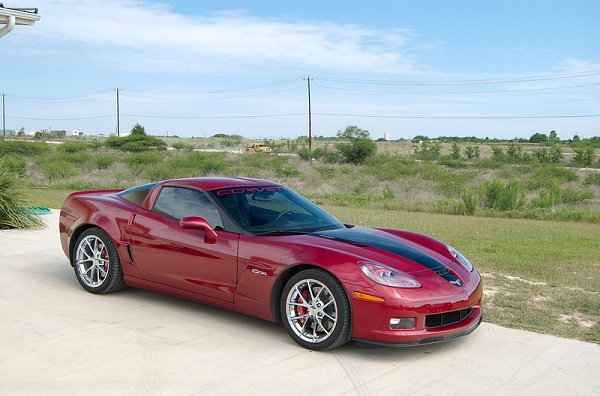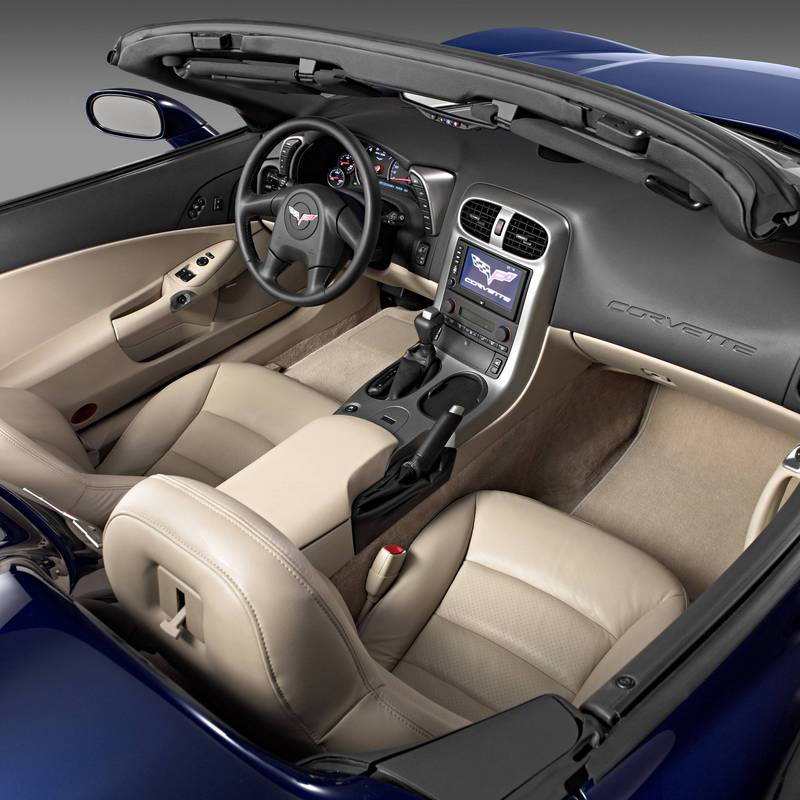Corvette: So You Want to Buy a Corvette?
To ensure a good buy, be certain to go over the main components of the Corvette you are looking at, which are covered here. A bad purchase can surprise you with unwanted headaches down the road.
This article applies to the C5, C6 and C7 Corvette (1997-current).
Buying a car isn't a decision people decide on quickly. It's a big financial move. Even more so if you decided to buy a Corvette. Why? Because these cars are higher in price than a regular commuter car and significantly higher in price to maintain. Therefore, if you buy the wrong Corvette you can end up with a lot of maintenance/repair bills down the road. If you inspect the various components of the Corvette in question, you should be okay. In addition, if you already have extensive knowledge or know someone who does, you should be more than okay. The main components you want to inspect are the engine/transmission, exterior, interior, suspension/tires and the history of the vehicle. The better condition these components are in, the more expensive you can expect the Corvette to be.
Engine and Transmission
The most important factor that should come into play is the engine and transmission. Check its overall visual appearance; a clean engine and transmission is a good sign, whereas a dirty engine and transmission can be a bad sign. Check all fluid levels; if any are low, this could be a sign of a poorly maintained Corvette, especially if the engine oil or transmission oil is low. Check for any leaks by looking under the car for any stains on the ground or the bottom of the car. The Corvette in question should have zero leaks. Be sure to check the engine oil level before turning it on. When you do turn it on, pay attention to the idle. It should be nice and smooth. When test driving, keep an ear out for any odd sounds that come from the engine or transmission. When driving, take note of any smells. You shouldn't be smelling anything such as oil, fuel or burning.

History
Knowing the history of the car in question is important when deciding whether or not it is a good buy. In general, the newer the car, the lower the mileage should be. If you encounter a late model with higher mileage, then this is a sign that the car could have been used for commuting. Commuting, in general, puts a lot of wear and tear on any car. If this is the case, it is even more important that the owner performed regular maintenance on the car. Clean-titled is always better than a salvage-titled vehicle. Buying from the original owner is also a plus, because he/she can provide you with a detailed account of the maintenance history. The original owner will know what has and has not been done to the car, and can disclose information regarding minor/major accidents. If money is a concern, avoid buying a car that is about to be due for some major maintenance. The owner's manual will have a detailed guide of the maintenance that needs to be performed at specified mileage points. If the Corvette in question is about to need something replaced shortly, you can attempt to use that as a point for negotiating the price. Be sure to ask the owner of any known issues that he/she may be aware of, such as leaks or anything similar. However, don't solely rely on their honestly; use your eyes and, if possible, hire a professional to assess the vehicle.

Exterior
When inspecting the exterior of the car, keep an eye out for scratches and dings. They can be hints to bigger accidents that were repaired, so you'll want to question how they occurred. Also, look out for possible rust if you live in an area known for rusting cars. Be sure to look under the car for scrapes and other signs of damage. Sometimes, accidents can damage the undercarriage, and owners never opt to have them repaired. Damage from running over large objects and going over curbs will be noticeable from underneath the vehicle. In addition, if the Corvette has a lot of scrapes underneath, it is possible that it was lowered at one point during its life. While a lowered car is not necessarily bad, this is something that would, never the less, be good to know.

Interior
Once you have made it past the exterior, it is now time to move onto the interior. Overall, cleanliness in the interior is an excellent sign. If the owner cares about their car they will keep the interior clean. If the interior is clean, it is a good bet that the overall condition of the car is good as well. Check for wear and tear on the interior. More wear and tear indicates the car was used a lot more than a car with minimal wear and tear. Make sure all gauges work, as well as all of the accessories, including the A/C, radio, heater, navigation, and powered components. If something is not working 100%, you can use that for negotiation purposes.

Suspension and Tires
Lastly, you want to pay attention to any clunking or odd sounds coming from the suspension during your test drive. Look at the tires and make sure they have sufficient thread left. If they don't, be prepared for a large expense shortly after your purchase. Run flat tires are not cheap to replace. Make sure to look for even tire wear. If the tires are wearing unevenly this could be a sign of a much needed alignment. Or, it can be something bigger such as damaged suspension components.

Related Discussion
- Buying a Used Corvette - CorvetteForum.com






